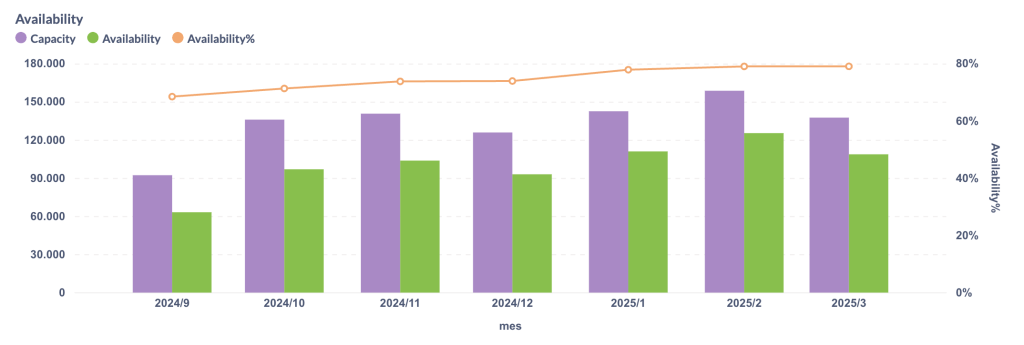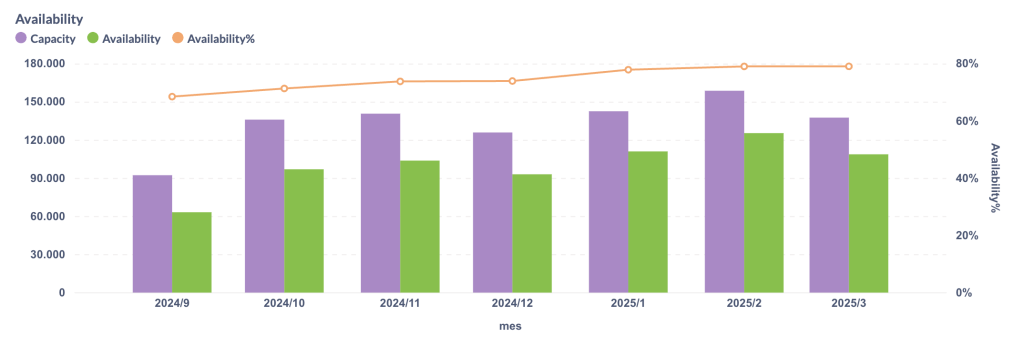In March 2021, BuzzFeed CEO Jonah Peretti announced widespread layoffs of HuffPost employees, shutting down HuffPost Canada entirely. This followed extensive layoffs of previously furloughed employees and other staff in 2020.
Unfortunately, it doesn’t seem as though the damage will be confined to last year and the previous. The Coronavirus pandemic has been characterized by furloughs, pay cuts, hiring freezes, layoffs, and consolidations across industries. In advertising, major agencies like WPP, Omnicom, Havas, IPG, Publicis, and Dentsu Aegis Network have all been affected.
Will this trend continue after the pandemic? What can advertising agencies and talented employees expect in a post-pandemic world?
How Has the Pandemic Changed Advertising?
There is no doubt that the global pandemic has affected every individual, every organization, and every sector. Thanks to swift lockdowns across the world, most businesses pivoted to remote work models if it was feasible for the nature of the field.
For advertising, COVID-19 has meant a shift in consumer behaviors. That, in turn, has led to a conceptualization of the way brands interact with and engage with their customers.
In 2020, the first year of the pandemic, many advertisers were forced to reduce their spending as a result of dramatic budget cuts and a huge reduction in client spending, all part of the economic downturn.
In fact, by April 2020, 89% of B2C companies said that they had delayed campaigns due to the worldwide coronavirus outbreak. Advertisers pivoted their plans, reassessing them in light of the changes in consumer habits, budget cuts, staffing adjustments, and what had become the “new normal.”
But in 2021, around the world, the ad market began to make a comeback. During the year, all global regions experienced an uptick in ad total spend of upwards of 9%. But a report by Statista cautions that this trend may not persist into 2022, projecting that the growth would slow to pre-COVID levels.
What Opportunities Exist During and After the COVID-19 Crisis?
Salesforce’s seventh annual State of Marketing report finds that 19% of B2B marketing budgets are focused on advertising. Meanwhile, 44% of B2B marketers have overhauled their strategies, looking to new channels to account for the shifts in consumer behavior, while another 45% said they had “somewhat changed” their blend of channels in light of these insights.
This, of course, means that new approaches are becoming critical to the advertising landscape in this new normal. For some advertising agencies, opportunities that were previously untapped have become vehicles of growth potential.
Social Media Boom
With more and more people spending the majority of their time at home, rather than in the office, social media has become even more of a draw than it already had been. And advertisers are taking note.
Increasingly, advertising agencies are spending a huge percentage of their digital marketing budgets on platforms like Instagram, Facebook, Twitter, and LinkedIn. According to Salesforce’s report, 91% of marketing firms are now leveraging social media as part of their overall strategies.
By 2025, Amazon, Meta, and Alphabet could account for approximately half of the advertising market, research from WARC Data shows. This is at least partly thanks to enormous growth in the social media advertising market in recent years.
A Huge Uptick in e-Commerce
Ecommerce has boomed over the course of the pandemic. Fear of contagion — not to mention so many retail stores shuttering their brick and mortar locations, at least in the early days of COVID — prompted consumers to stay home and do their shopping online. Digital retail sales increase by 32.4% year over year in 2020 and were up 38% in the first quarter of 2021, according to Digital Commerce 360.
Ecommerce is continuing to surge as we kick-off 2022. As a result, advertising agencies are shifting their strategies and ramping up their spending on digital marketing. This is an enormous opportunity for these businesses, which could see revenue growth thanks to this space.
An Increase in Video and Audio Content
Many consumers are no longer going elsewhere for entertainment — they are accessing it in the comfort of their own homes. Audio and video content is, therefore, becoming an all-the-more-important type of marketing and advertising, as users turn to their personal devices to watch and listen to media.
The Salesforce study shows that two-thirds of survey respondents called audio, including podcasts and streaming ads, the most frequently used platform for their marketing efforts in the previous year and a half.
Meanwhile, online brands have increased their linear television advertising spending by 37% since 2019, according to a report from Marketing Week.
With viewing habits changing — escalating, in fact — engagement with at-home streaming services, including YouTube, is skyrocketing across various devices. This presents a huge opportunity for the advertising industry, which can revamp its strategy to gear its efforts to streaming and audio content, engaging more users.
Challenges for and Impact of COVID-19 on the Advertising Industry
There have been plenty of opportunities for advertising agencies. However, the impact of COVID-19 hasn’t been positive overall. These are just some of the challenges advertisers have faced over the course of the pandemic.
Lower Budgets
Global marketing budgets currently amount to just 6.4% of overall business revenue, according to Gartner’s annual CMO Spend Survey (July 2021), a record low. This is down from 11% in 2020. It is also lower than previously projected
For employees of advertising and marketing agencies, this has meant, in many cases, steep salary reductions. In some cases, it has resulted not just in salary cuts but job losses altogether.
Revenue, too, is down for advertising agencies. It saw a decline of 3.1% in 2020.
Loss of Clients
The pandemic has also meant a loss of clients for many advertising agencies. With businesses facing economic — and other — uncertainty, not to mention losses in revenue, they have been forced to employ cost-cutting measures. Advertising is one expense that has taken a hit, and this is not only impacting the businesses themselves but the agencies they turn to.
Debt
Across the board, corporate debt rose during the pandemic. This is true for small advertising agencies and larger companies alike. In the midst of these financial concerns, salary reductions, as well as layoffs, are an unfortunate solution for many businesses.
Difficulties for Freelancers
Job losses haven’t only impacted full-time workers. Freelancers, too, have taken a hit during this uncertain and constantly fluctuating job market. Independent contractors are faced with long-term clients who can no longer pay them for their efforts and therefore must terminate contracts.
Meanwhile, freelancers are also struggling to find new work, which is necessary for keeping them afloat. With advertising agencies reducing their overall budgets and laying off workers, they are sometimes finding that they cannot accommodate new workers, even those who are not full-time.
That said, as the advertising industry focuses on making a comeback after a particularly difficult period in our collective history, freelancers could be making a return to some semblance of normalcy, too. They may even find greater opportunities, as businesses of all types find that contractors are a more cost-effective solution to meeting their various needs.
Economic Global Crisis
Of course, no industry is unaffected by the economic global crisis. This is leading to spending reductions across the gamut. As we have underscored, organizations of all types have been faced with budget cuts, furloughs, layoffs, and hiring freezes.
That said, a McKinsey Global Institute survey of 860 executives found that companies that are in the top growth quartile are investing 2.6 times as much in intangibles, including advertising and branding, as those that are in the bottom half for growth. This suggests that spending on intangibles like advertising is a strategic move for a business, which could mean another opportunity for the advertising sector.
Will Salaries See a Return to Pre-pandemic Rates?
With many sectors recovering their pre-COVID advertising budgets in 2022, we could very well see an uptick in ad spend this year. While we’re in the midst of an unprecedented Great Resignation, advertising agencies must struggle to retain and attract talent and devote their efforts to staffing their businesses with exceptional professionals. Salary increases are an obvious solution to both retention and recruitment.
But will this actually translate to higher salaries — or even a return to pre-pandemic levels? Historically, advertising has never been known for generous pay. But no business is in a position to skimp on compensating talent these days.
One obvious solution to aid advertising agencies is software like Cor. This project management technology informs creative organizations to allow them to make sound business decisions. C-suite leaders and project managers will gain visibility over their operations, allowing them to measure productivity and see where they should invest their budgets and time. Meanwhile, creatives and other professionals — the real assets — will be better equipped to prioritize their responsibilities and optimize their workflows.



















